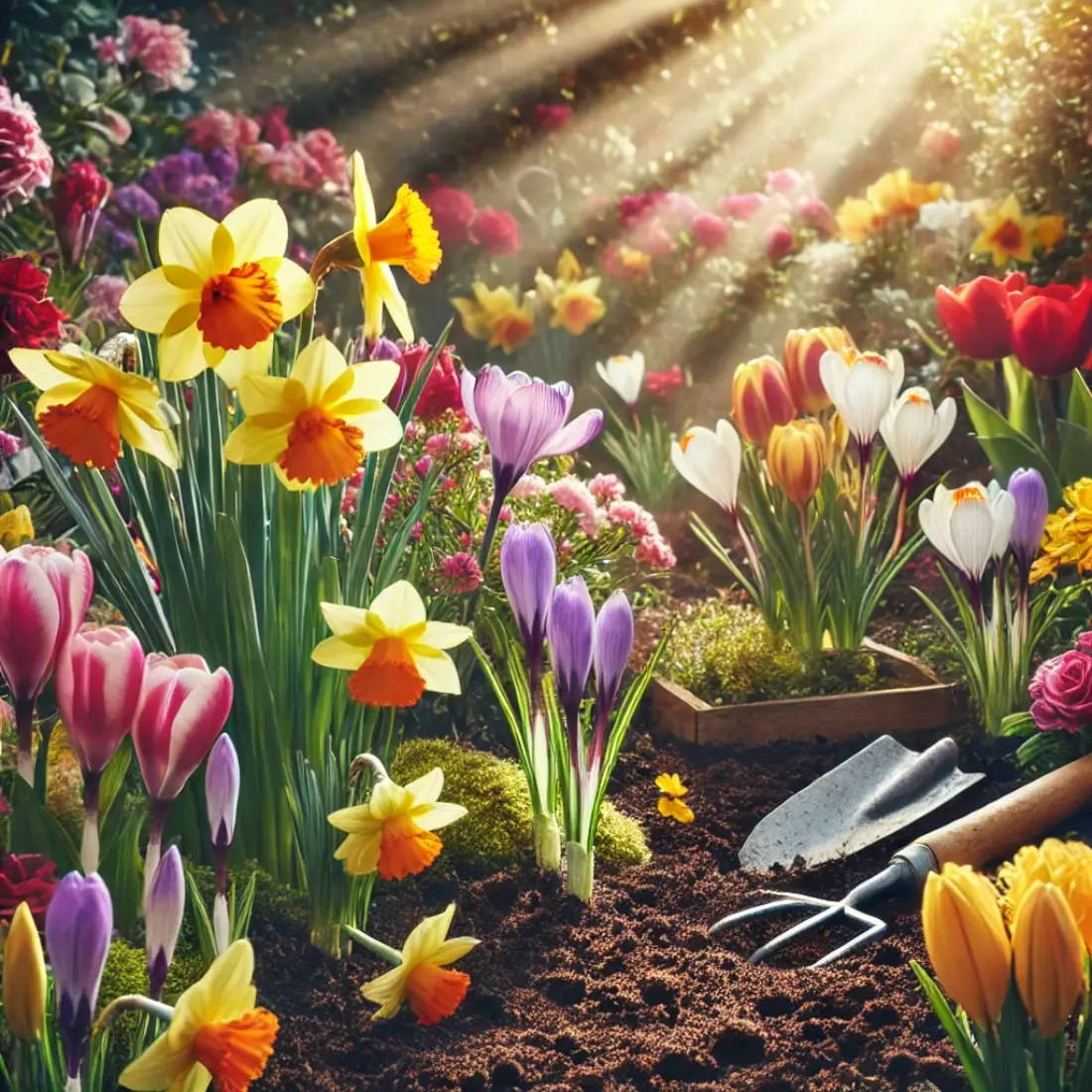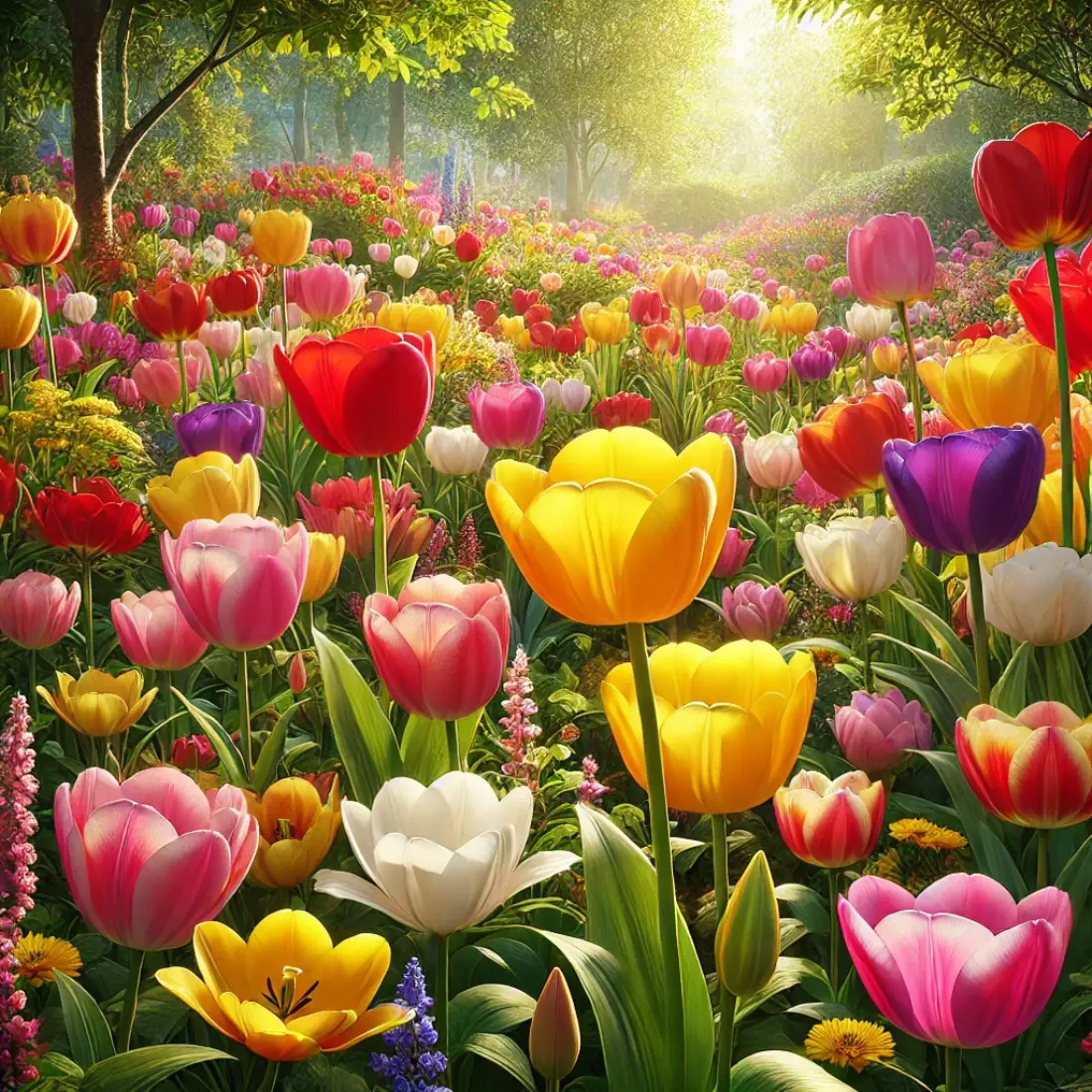Creating a vibrant spring garden starts in the autumn. To achieve a stunning display of colorful blooms, it’s essential to plant spring bulbs during the fall months. These 10 essential spring bulbs—from daffodils to tulips and crocuses—will ensure your garden bursts with life when spring arrives.
By planting these bulbs in autumn, you’ll give them the time they need to develop strong roots and thrive through the colder months, setting the stage for a vibrant and eye-catching garden next season.
- Planting spring bulbs in autumn ensures a colorful spring garden.
- Choose bulbs that suit your local climate and soil conditions.
- Ensure your garden gets adequate sunlight for these blooms to flourish.
- Plant at the correct depth and spacing for healthy growth.
1. Daffodils (Narcissus)
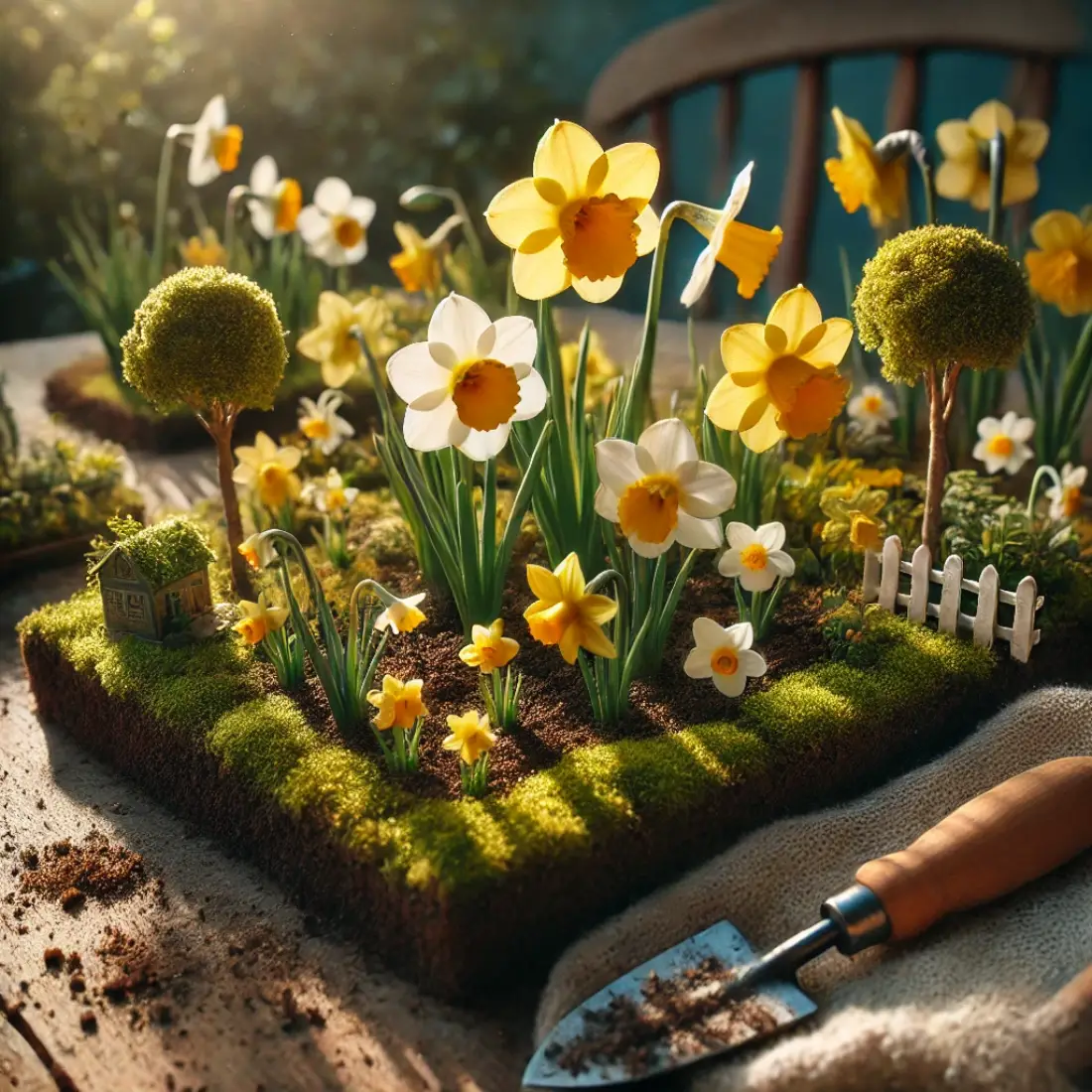
Daffodils are among the most iconic spring flowers. Their cheerful yellow or white blooms signal the start of spring. Daffodils are incredibly hardy and thrive in most climates.
How to Plant Daffodils:
- Planting time: Late autumn
- Depth: 4-6 inches
- Spacing: 3-4 inches apart
- Sunlight: Full sun to partial shade
Daffodils multiply over time, meaning you’ll have more blooms each spring. They also deter pests, making them a great companion for other bulbs.
2. Tulips (Tulipa)
Few flowers are as beloved as tulips. Available in almost every color imaginable, tulips can create stunning displays.
How to Plant Tulips:
- Planting time: Early to mid-autumn
- Depth: 6-8 inches
- Spacing: 4-6 inches apart
- Sunlight: Full sun
To prevent tulips from being eaten by rodents, plant them deep and cover them with mulch. Tulips often work best when planted in groups of 10 or more.
3. Crocuses (Crocus)
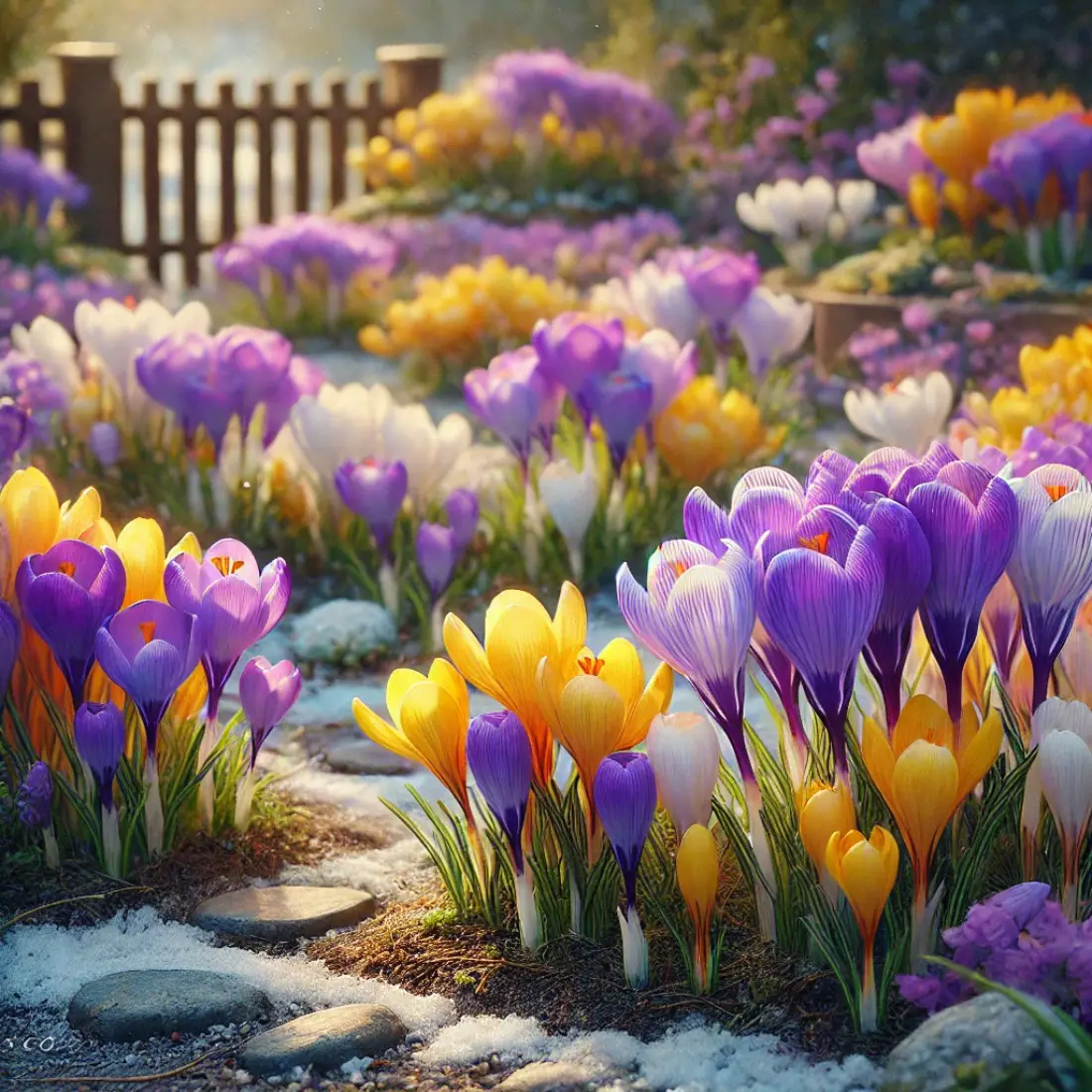
Crocuses are one of the first flowers to bloom in spring, often appearing while snow is still on the ground. Their small, cup-shaped flowers provide a burst of color.
How to Plant Crocuses:
- Planting time: Mid-autumn
- Depth: 3-4 inches
- Spacing: 2-3 inches apart
- Sunlight: Full sun to partial shade
Crocuses naturalize well, meaning they’ll spread and return year after year, creating an ever-expanding patch of color.
4. Hyacinths (Hyacinthus)
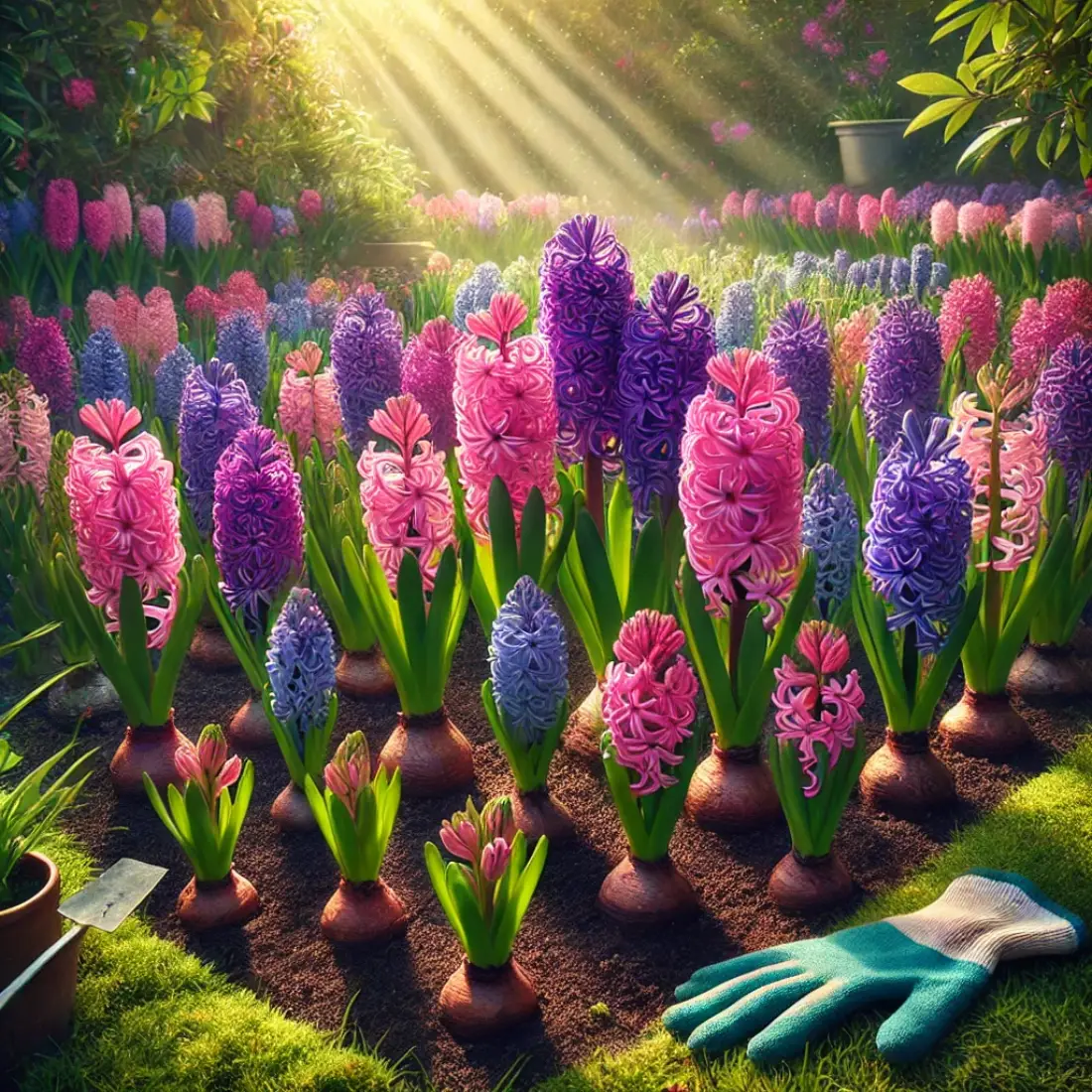
For fragrance and vibrant colors, you can’t go wrong with hyacinths. Their dense spikes of flowers create a striking look, and their sweet scent is perfect for borders or containers.
How to Plant Hyacinths:
- Planting time: Mid-autumn
- Depth: 6-8 inches
- Spacing: 4-6 inches apart
- Sunlight: Full sun
Handle hyacinth bulbs with gloves, as they can cause skin irritation. Once planted, they’ll reward you with beautiful blooms and a delightful fragrance.
5. Snowdrops (Galanthus)
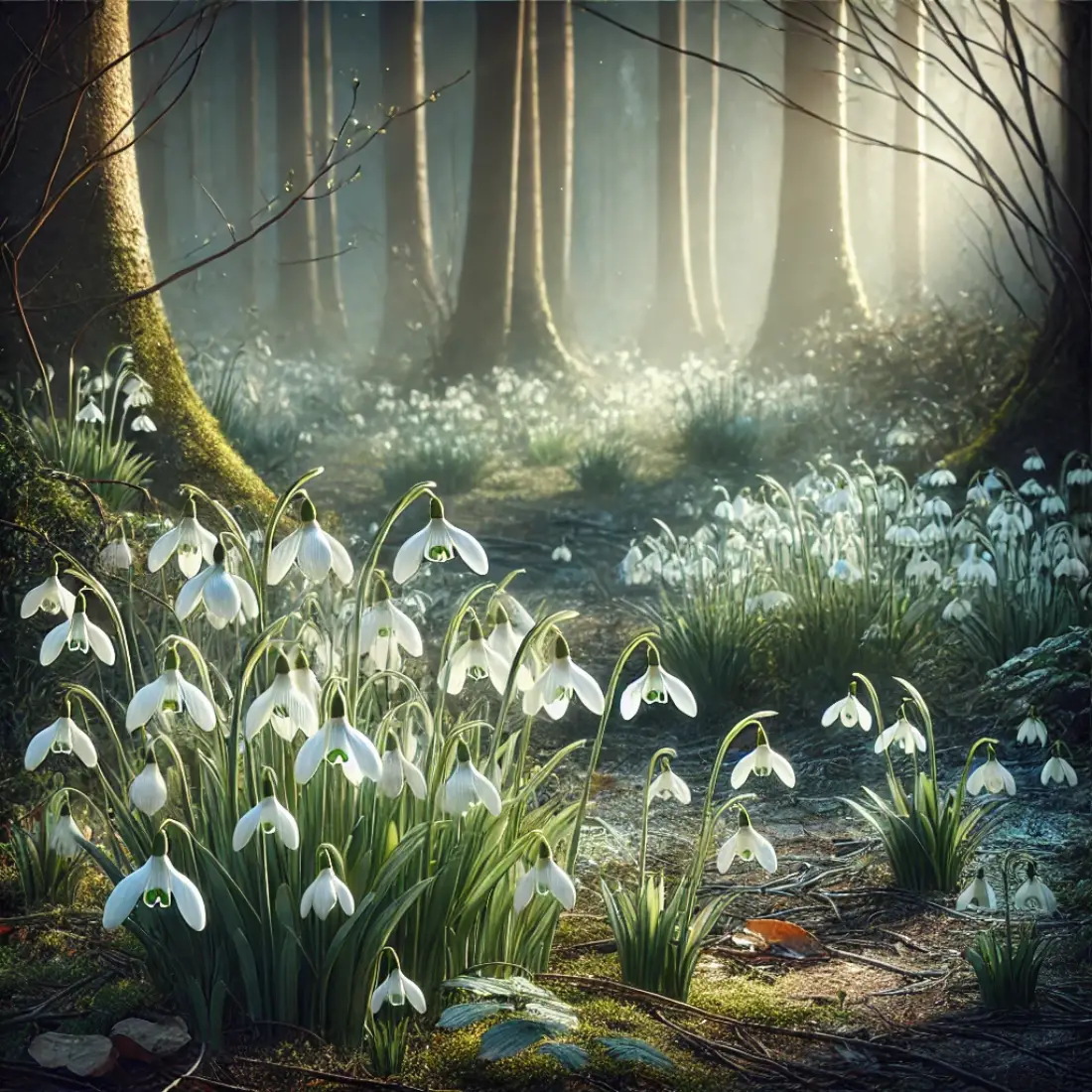
Snowdrops are delicate, white spring bulbs that often bloom as early as January in mild climates. Their small bell-shaped flowers nod gracefully in the wind.
How to Plant Snowdrops:
- Planting time: Early autumn
- Depth: 3 inches
- Spacing: 2-3 inches apart
- Sunlight: Partial shade to full shade
Snowdrops prefer cooler areas and are perfect for naturalizing in woodlands or under trees.
6. Alliums (Allium)
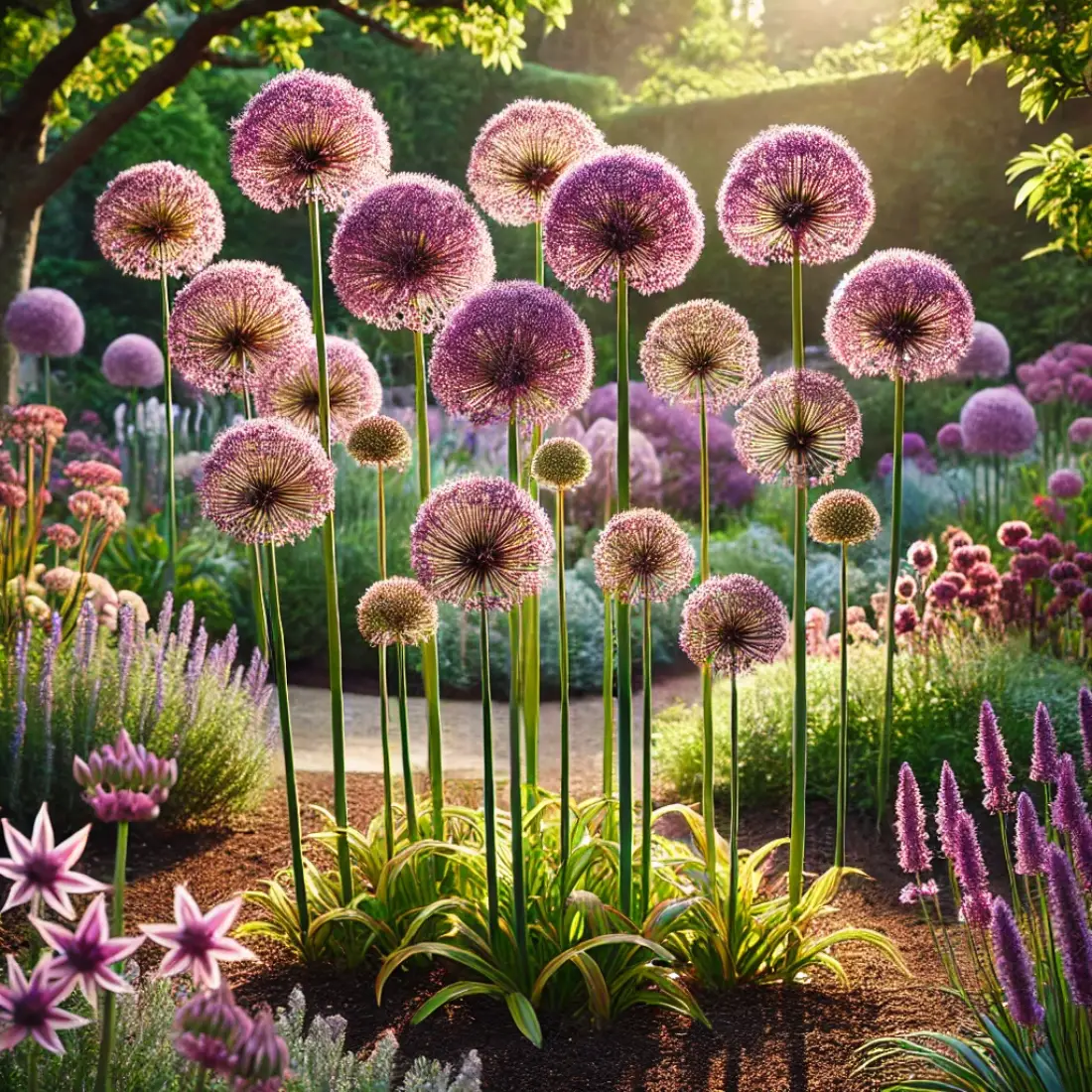
Alliums are a striking addition to any garden, with their tall stems topped by spherical clusters of small flowers. They are easy to grow and add an architectural element to your garden.
How to Plant Alliums:
- Planting time: Late autumn
- Depth: 4-6 inches
- Spacing: 6-8 inches apart
- Sunlight: Full sun
Alliums are also deer-resistant, making them a great choice if you have issues with wildlife in your garden.
7. Bluebells (Hyacinthoides non-scripta)
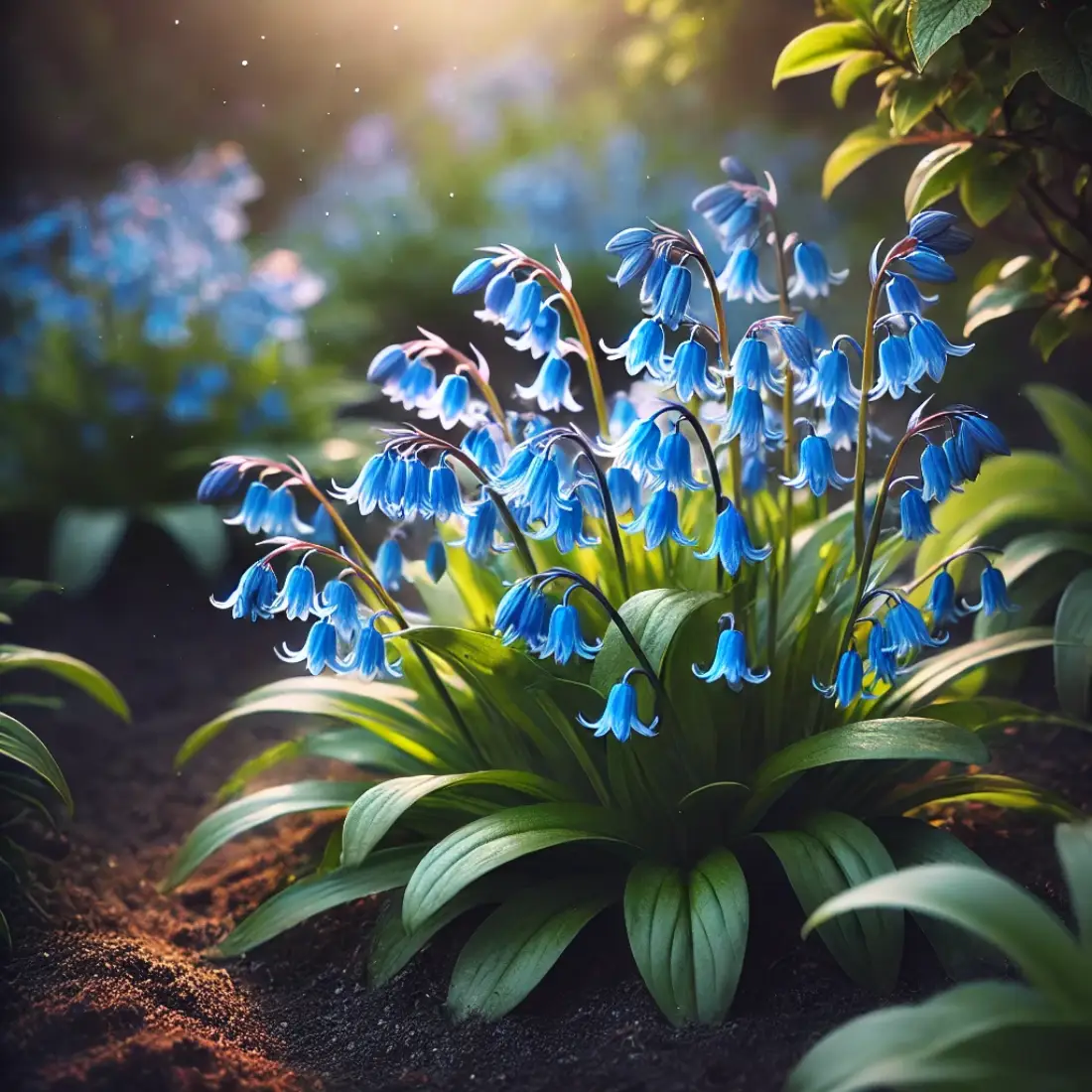
Known for carpeting woodland floors, bluebells bring a splash of blue to spring gardens. Their bell-shaped flowers nod gracefully and thrive in shadier spots.
How to Plant Bluebells:
- Planting time: Early autumn
- Depth: 4-6 inches
- Spacing: 4 inches apart
- Sunlight: Partial shade to full shade
Bluebells are ideal for naturalizing in wooded areas or under large shrubs.
8. Anemones (Anemone blanda)
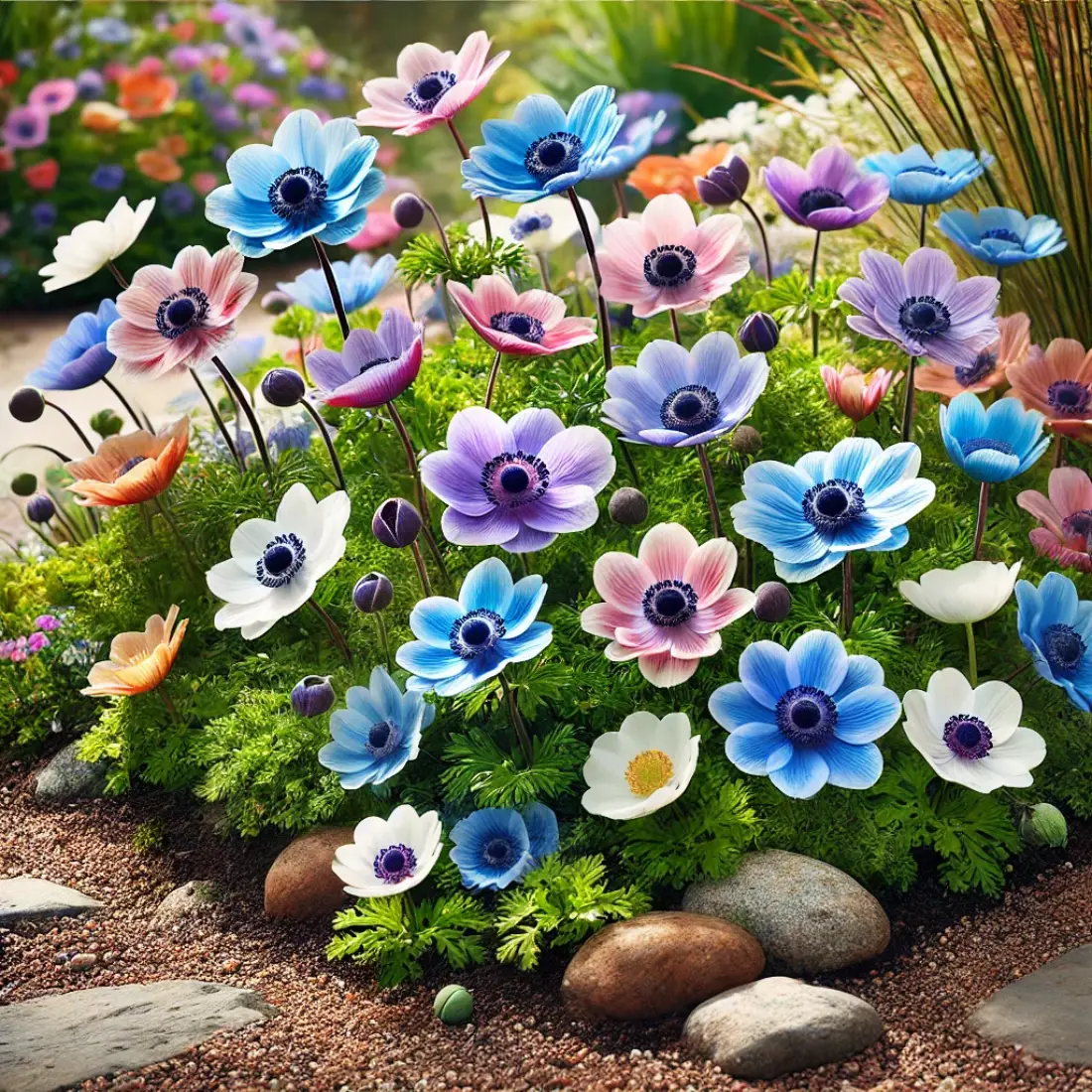
Anemones produce low-growing flowers with daisy-like blooms. They are perfect for borders or rock gardens.
How to Plant Anemones:
- Planting time: Early autumn
- Depth: 2 inches
- Spacing: 2-3 inches apart
- Sunlight: Full sun to partial shade
These charming flowers spread well and provide long-lasting blooms in shades of blue, pink, or white.
9. Irises (Iris reticulata)
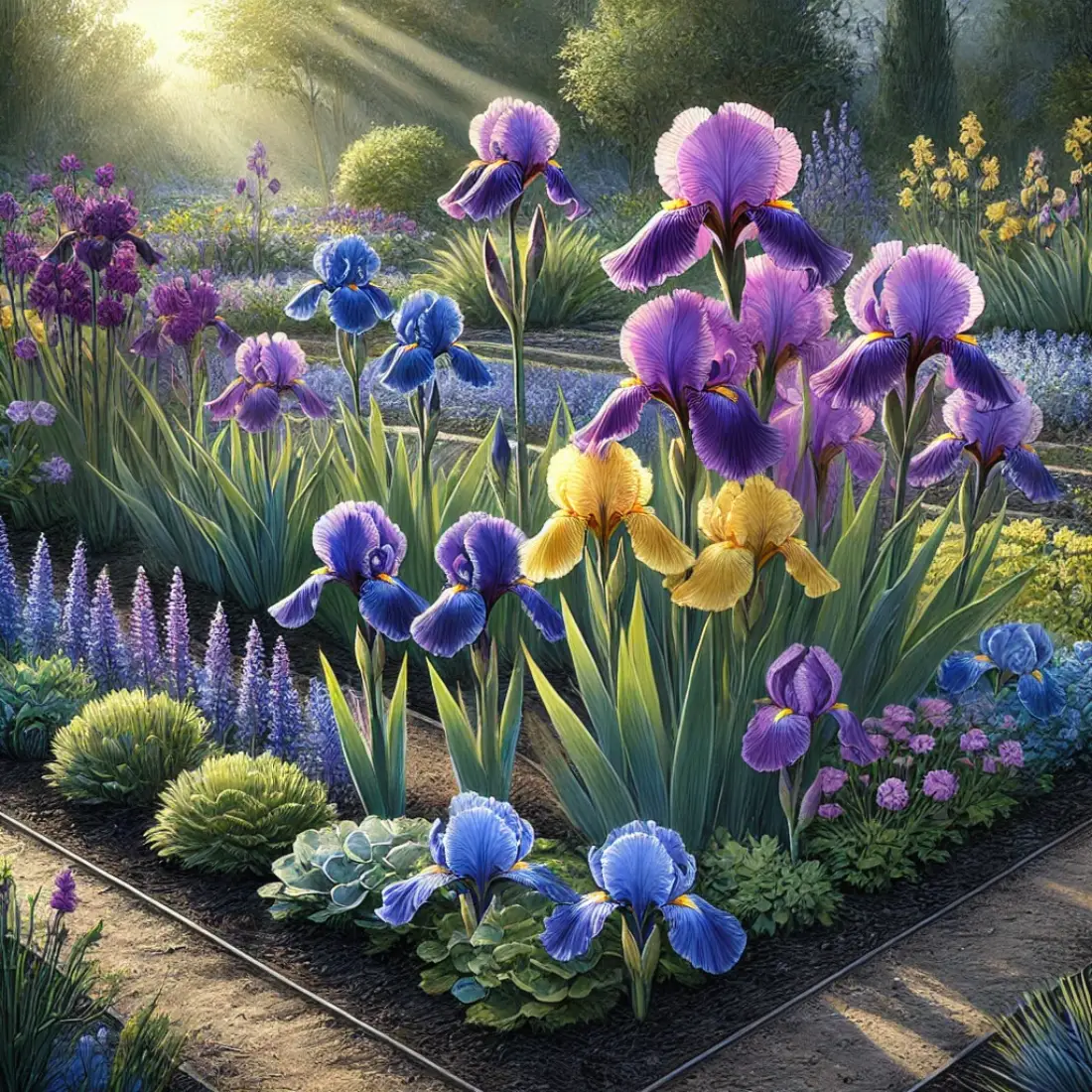
Irises are early bloomers with elegant, slender flowers. Their vibrant colors and unique shape make them a favorite for spring gardens.
How to Plant Irises:
- Planting time: Early autumn
- Depth: 4-6 inches
- Spacing: 4 inches apart
- Sunlight: Full sun
Plant irises in well-drained soil to avoid rot and ensure healthy blooms year after year.
10. Grape Hyacinths (Muscari)
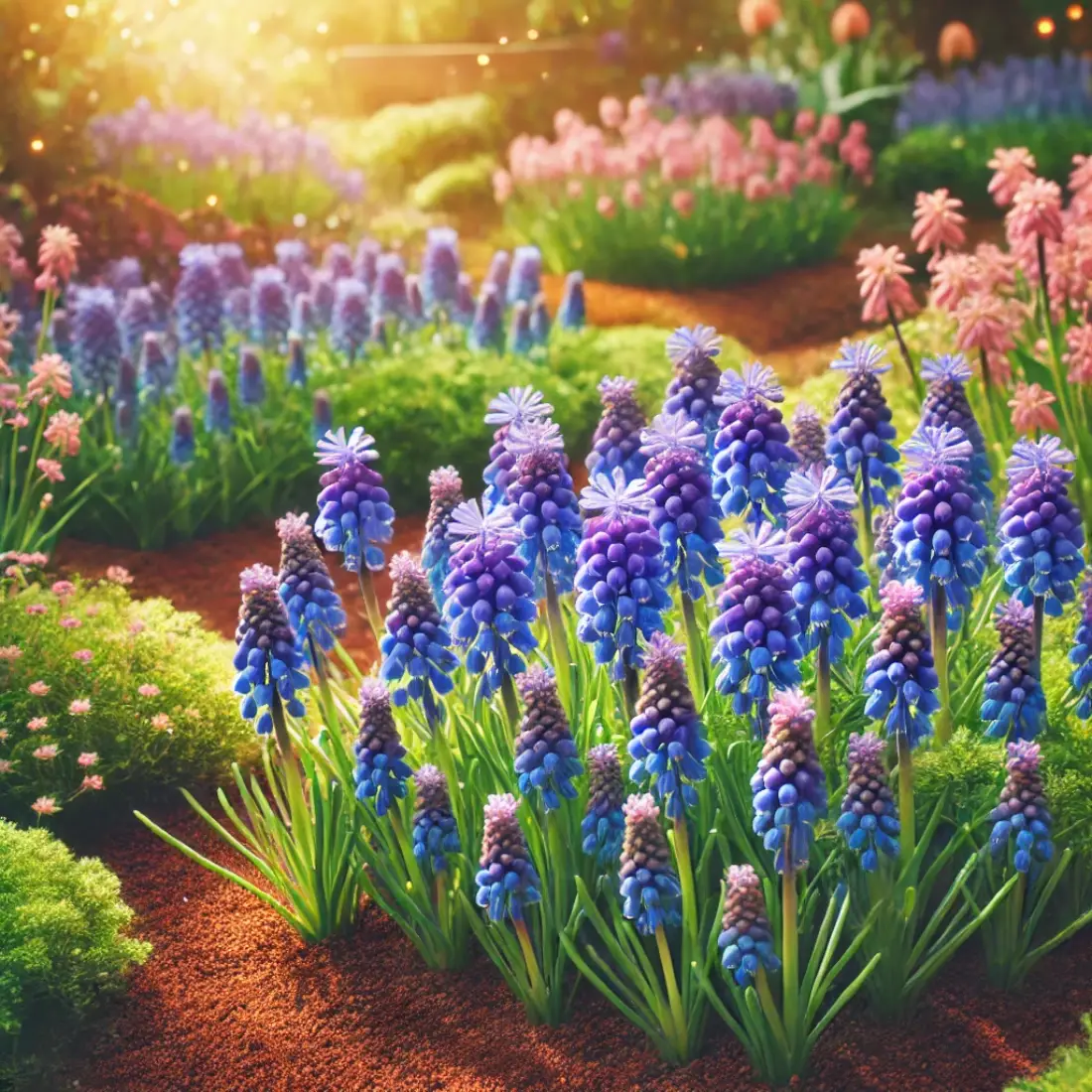
Grape hyacinths are small but mighty, with clusters of blue or purple blooms that resemble tiny bunches of grapes. They naturalize well and can quickly fill a space.
How to Plant Grape Hyacinths:
- Planting time: Mid-autumn
- Depth: 3-4 inches
- Spacing: 2-3 inches apart
- Sunlight: Full sun to partial shade
These easy-to-grow bulbs spread quickly and are perfect for adding pops of color to borders and garden beds.
By planting these essential spring bulbs in autumn, you set the stage for a breathtaking spring garden that will fill your yard with color and life. Be sure to plant them at the proper depth, give them space to grow, and enjoy the rewards of your efforts come spring.
FAQs about Essential Spring Bulbs to Plant in Autumn
What are the best spring bulbs to plant in autumn?
Some of the best bulbs include daffodils, tulips, crocuses, and hyacinths. These bulbs are hardy and provide vibrant color in spring.
How deep should I plant spring bulbs?
Generally, bulbs should be planted at a depth of about 2-3 times their size. For example, tulips and daffodils should be planted 6-8 inches deep.
Can I plant spring bulbs in containers?
Yes! Many spring bulbs, such as crocuses and hyacinths, thrive in containers. Just ensure they have proper drainage and are kept in a sunny spot.
When is the best time to plant spring bulbs?
Autumn is the ideal time to plant most spring bulbs, allowing them to establish roots before winter sets in.
How can I protect my bulbs from pests?
Cover your planted bulbs with a layer of mulch or chicken wire to deter squirrels and other rodents. Daffodils and alliums are also naturally pest-resistant.

